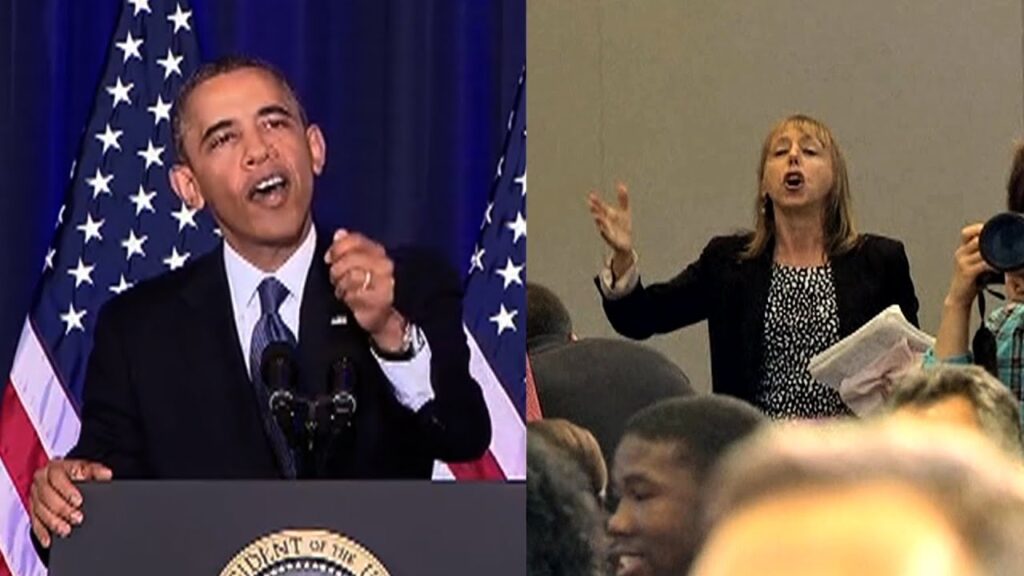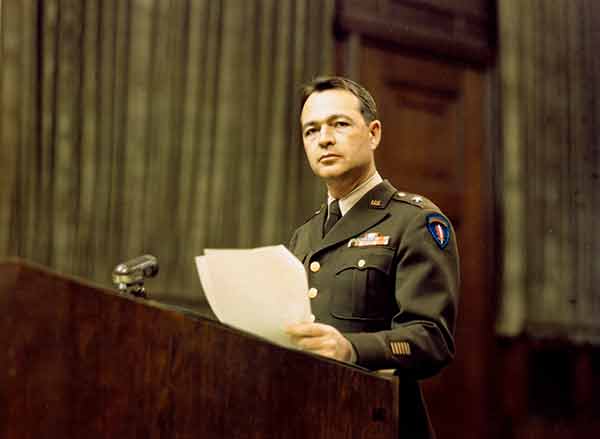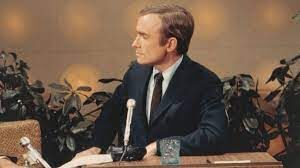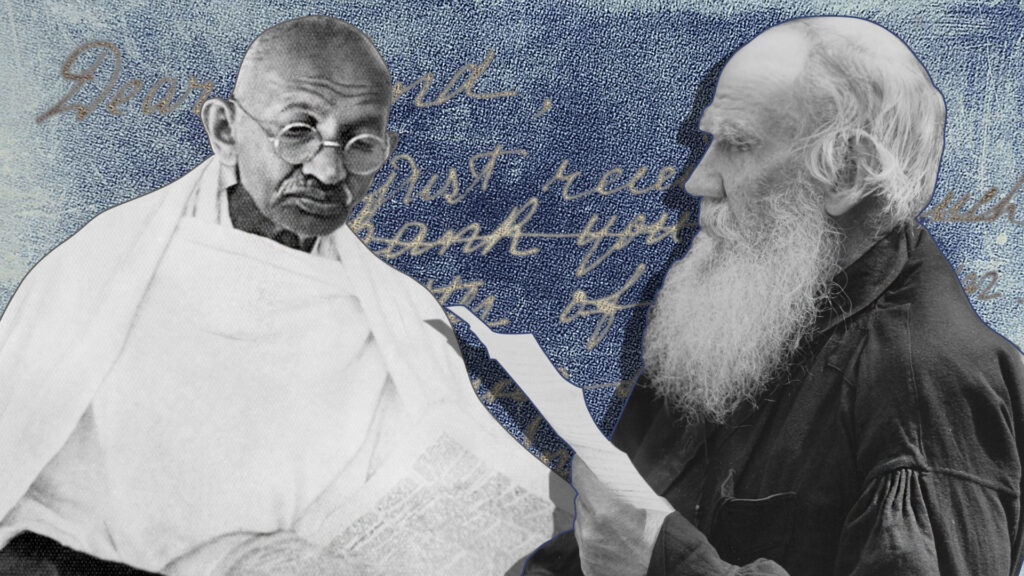The Laws of War: Nuremberg Trials, Vietnam, 9/11, Obama
Saturday, November 27th, 2021Humane; How the United States Abandoned Peace and Reinvented War, Samuel Moyn, 2021

<> <> <> Quincy Wright in 1933 and 1941:
“The pax Britannia had given Europe the best two centuries it has had — at least since the pax Romana a millennium and a half earlier.” It was a long established fact: empires brought peace, too. “The excessively brutal civil and imperial wars which characterized the last century of the Roman Republic were followed by such a will to peace that most of the western world submitted to the Pax Romana of Augustus and his successors for two centuries.” (Quincy) Wright mused. Could the twentieth century offer something similar, he wondered, without requiring the humiliating subjugation of vassals and ceaseless violence at the savage frontiers of empire? Could a world organization under international law keep aggressors from bringing ruin to liberal democracies at peace? Would peace come,if it did, under the auspices of another empire or in some unprecedented guise?
One of Wright’s first publications explained how it ought to be plausible under international law to hold (Kaiser) Wilhelm II accountable for his biggest crime, which was starting a war, with all the catastrophes to which that decision led…Most of the early public uses of the phrase “crimes against humanity”, now associated with grave atrocities during war, allocated responsibility for war itself…It became popular in 1918-1919 to call war itself, rather than its attendant cruelties, a “crime against humanity”. (The Kaiser fled to the Netherlands, which refused to extradite the queen’s “Uncle Willie”.)
Home from Nuremberg, Wright definitely agreed it had been a good thing to rank aggression the premier evil. In effect, it was an auspicious sign for a federation to come that there was so much agreement to try individuals for war after the fact — as the Allies did in Tokyo for Japanese perpetrator, too. “Sanctions, to be effective must operate on individuals rather than states,” Wright explained. “International law cannot survive in the shrinking world, threatened by military instruments of increasing destructiveness, if sanctioned only by the good faith and self-help of governments.”
But at Nuremberg and Tokyo, the charge (“crimes against humanity”) was only allowed in connection the the primary infraction of aggressive war, which Americans were sure they did not fight (despite Dresden, Hiroshima, Nagasaki). As for aerial bombardment , all powers conducted it, and no one was punished.
…It was the Nuremberg Trial veteran Telford Taylor ( Counsel for the Prosecution) who went where Falk did not, and he framed the case against the Vietnam War exclusively in terms of war crimes…If one had to choose a single cultural document that marked the beginning of the coming of humane war in our time, Taylor’s bestselling and widely reviewed Nuremberg and Vietnam: An American Tragedy, which appeared in late 1970, is undoubtedly it. At the same time, Taylor epitomized how, after My Lai, atrocities became the index of consensus–belatedly mainstream–that the war had to end.
…after receiving the pentagon Papers from the dissident defense analyst Daniel Ellsberg, (Neil) Sheehan was preparing to publish them. His grave and wide-ranging New York Times Book Review essay on whether to hold war crimes tribunals for Americans normalized talk of national guilt. “Do you have to be a Hitlerian to be a war criminal?” Sheehan asked. “Or can you qualify as a well-intensioned President of the United States?”
…(Telford) Taylor stated clearly on The Dick Cavett Show (Jan 8, 1971) that (General William) Westmoreland was liable for war crimes, and then he went further adding that, while he reserved judgement on such a tricky question, (President Lyndon) Johnson might be, too.
From the ashes of Hanoi and the darkness of My Lai, the possibility of humane war would come into view.
Forget talk of war crimes prosecution. Let’s just strive to make war more humane. The leaders and decision makers of Pax Americana cannot be held legally responsible for their past actions. Then came the Sept 11, 2001 attacks on the World Trade Center and Pentagon and the lessons of Vietnam were lost to history. After George W Bush started wars in Afghanistan and Iraq, revelations of torture and abuse threatened a serious return of antiwar movements. Interestingly Seymour Hersh broke both the Mai Lai massacre story and the Abu Ghraib prison abuse story.

<> <> <> <> <> <> Benjamin confronts Obama
After Obama’s election support for antiwar politics cratered. (Medea) Benjamin promptly put her energies into finding new support for the cause of peace by attacking Obama’s drone empire. “Unless we shine a light on it,” she told one reporter of his done mania, “we’re going to turn around a say, “How’s we get involved in all these wars without knowing about it?”.
Within two days of his inauguration, Obama signed executive orders to ban torture and rescind all Bush-era legal directives governing the treatment of prisoners…Few noticed Obama’s own first done strike, which took place that same third day of his administration…But the deepest and enduring reality of Obama’s first phase in office was that by making other moves, he was engineering an unprecedented new era of global engagement that would blur the lines between war and policing. What had once been brutal, albeit with beginnings and conclusions, was becoming humane — but never ending.
Obama turned to armed drones more times in his first year alone than Bush had in the entirety of his presidency. Almost from the start, Obama’s policy called for engaging in targeted killing with gusto, not only by drone but also with the Special Forces or standoff missiles sent from long distances. And as Obama re-created a war less bounded in space and let it bleed in time, his lawyers formalized the system…target killings transformed the war on terror so that it stretched across a widening arc of the earth. Soon it was to be advertised as a humane enterprise, conducted with concern for the innocent in harm’s way.
By the end of Obama’s time in office, no-footprint drones had struck almost ten times more than under his predecessor’s watch, with many thousands dead. The air force now trained more drone operators than aircraft pilots, and the architecture of drone activity had been extended deep into the African continent, not merely across the Middle East and South Asia. The same trend line followed the deployment of the light-footprint Special Forces, which operated in or moved through 138 nations…Actual fighting took place in at least thirteen, and targeted killing in some of those…If no one was captured, no one could be mistreated…As the Obama administration continued, the abuses to the laws prohibiting force accumulated almost without counterexample.
“The United States takes the legal position that–in accordance with international law–we have the authority to take action against al-Quaeda and its associated forces without doing a separate self-defense analysis each time”, (John) Brennan remarked in his 2011 speech, flashing an astonishing license to kill. In the spirit of the March 2009 brief, what began as a rationale for detention off hot battlefields became a justification for killing. Many of the individuals and groups in question had never struck at the United States, and the threat they posed was debatable. They died anyway.
For another take on Drones see High Tech Assassins
For the year starting in the Summer of 2011, the drone program began to receive more intense scrutiny in the press. The Obama administration would lift secrecy partially and strategically over the period that followed. By doing so, it normalized targeted killing–not hard to do given the enthusiasm for the death of Osama Bin Laden in Pakistan on May 2, 2011, in a dramatic commando raid. At the same time it set out to demonstratively minimize collateral harm.
Seymour Hersh reported on the actual events surrounding the killing of Osama Bin Laden in 2016.
Obama offered something part way down a continuum between war and policing. Why not go all the way, these critics (Philip Alston) reasoned? If war was going to occur off battlefields and without time limit, so the impulse went, it really ought to resemble the permanent institution of policing with its far more stringent rules on killing, only on a global scale.
(Medea) Benjamin intuited that drones without footprints were a sequel to the heavy-footprint wars of the Bush years. The technology was chosen for its difficulty to monitor but also its allegedly more humane precision. But she insisted that diplomacy was a better alternative to all forms of war: “I think it’s time to really reflect on the paths not chosen and those paths not chosen include policing instead of military focus…And focusing on the muscle that has been so deteriorated in the last ten years and that’s diplomacy.”
Trump was to continue the Obama assassination program and dangerously escalate it when on Jan 3, 2020 he ordered the drone killing of popular active Iranian general Quassim Soleimani as his motorcade traveled to Baghdad, Iraq.
In his concern that advocates for more humane war could help make it endless for a public that tolerates it, Leo Tolstoy fixated on corporal wrongs and physical violence. Advocacy aimed at humane war, he contended, was no more ethically plausible than agitation for humane slavery, with daily episodes of torture replaced by everlasting–but kind and gentle–direction of labor and service. Audiences who accept endless war out of the belief that its humanity excuses them, the truculent moralist inveighed, were fooling themselves. They were no better than those who rest content with more humane techniques of animal slaughter, leaving them to carve their steaks and fricassee their chickens with eager gusto in good conscience.



